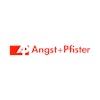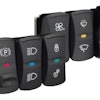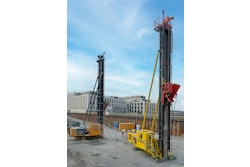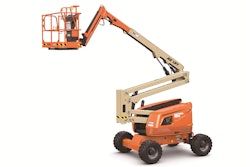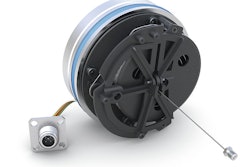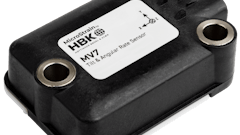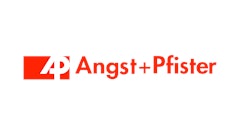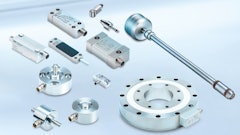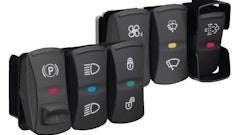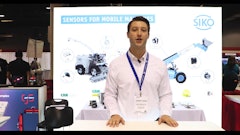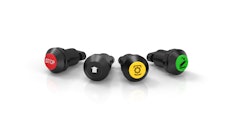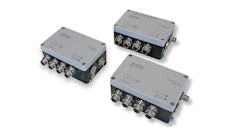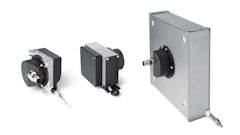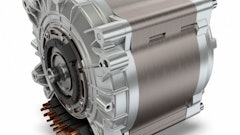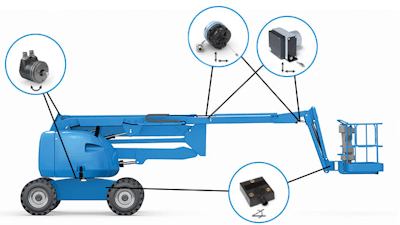
The American National Standards Institute (ANSI) and the Canadian Standards Association (CSA) have implemented a new safety standard for aerial work platforms in North America. ANSI 92.20 is intended to improve the safety of aerial work platforms (AWP)—now referred to as mobile elevated work platforms (MEWP) per the new standard—and have more alignment with international standards which will benefit manufacturers developing products for the global market.
According to Mathias Roth, Business Unit Manager of Mobile Automation at SIKO GmbH, ANSI 92.20 will have a big effect on the design of new machines. “The machine must be equipped with a load sensing system which actively monitors loads and interrupts normal operations if they become overloaded,” he explains. “Tilt sensing functions which were in the past an option, are now also required to disable certain boom functions if the incline surpasses the slope limit.”
Because of these new requirements, the use of various sensors will become critical for manufacturers.
Safe machine operation via technology
Roth says that almost every safety function described by the new ANSI standard will require the use of a sensor to deliver the necessary values such as pressure, force, position, speed, or inclination. “I think we can say that sensors, alongside the PLC (programmable logic controller), are a big part of the heart and soul of the safety functions required by the new standard,” he says.
“There are now safety requirements for almost every function of the machine, but definitely for all functions that pose a potential danger to people or the environment,” Roth adds. As such, sensors will be required for functions such as:
- preventing travel above inclination limit,
- monitoring of stabilizing devices, or
- vehicle leveling system.
“It is therefore necessary to integrate the safety sensor from the chassis, through the boom to the basket to meet the new requirements,” says Roth.
Sensors used in these new ANSI-compliant machines will be required to meet high functional safety requirements to meet the standard, as well, says Roth. “Like all components, the sensors are divided into certain safety levels. For this purpose, they are divided into so-called ‘performance levels’ (according to the EN ISO 13849),” he explains. “These ‘levels’ provide information about the ‘safety level’ of a sensor. Since every function/component in the machine has to meet a certain safety level (PLa is the lowest, PLe is the highest), the sensor must be equipped with the corresponding safety functions, a specific hardware and software design and other systems to meet the requirements for the required safety level to fulfill.”
According to Roth, SIKO is able to provide the appropriate sensors for almost every safety function in a MEWP for which a position value is necessary. For instance, the company’s wire encoder/string pots and cylinder-integrated position sensor technologies provide possible solutions for the monitoring of outrigger/stabilizer systems.
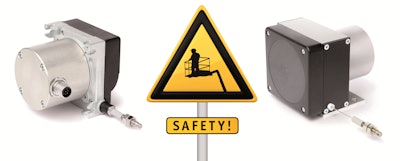 Sensors will be required for functions such as vehicle leveling and monitoring of stabilization devices.SIKO GmbH
Sensors will be required for functions such as vehicle leveling and monitoring of stabilization devices.SIKO GmbH
SIKO’s compact and robustly designed wire encoders are able to reliably detect boom position as well as the boom tilt angle. This provides an “all-in-one” solution for OEMs, says Roth, by providing position and inclination sensing in a single device, helping save on installation time and costs. And with the SIKO rotary safety sensors, “we offer simple sensors for detecting the slewing ring position or the steering angle for self-propelled MWEPs.”
The company also has a new series of safety inclination sensors, available in 1- or 2-axis versions. Roth says they can be used to detect inclination of the entire vehicle or the basket, offering design flexibility to OEMs.
“All of these sensors are of course available in a safety version up to PLd which covers all requirements of ANSI 92.20 and are optionally available with an analog, CANopen, CANopen Safety or SAE J1939 interface,” says Roth.
He adds that the company’s PURE.MOBILE sensor platform is particularly beneficial for meeting the new ANSI standard as the sensors have been designed exclusively for position sensing in mobile machines. “Unlike many of the sensors on the market that were developed for various industries and are then merely adapted for mobile machines, sensors from SIKO that use the PURE.MOBILE technology have been developed exclusively for applications of this sort,” he explains.
PURE.MOBILE sensors are designed to meet the electromagnetic compatibility (EMC) requirements for MEWPs, as well as the requirements of E1 (UN ECE R10) for road vehicles. In addition, the sensors have high temperature, shock and vibration resistance “because we know that a safety sensor in MWEPs has to work under tough conditions.”
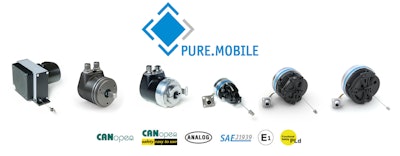 SIKO's PURE.MOBILE sensor platform is designed exclusively for position sensing in mobile equipment which will enable compliance with the ANSI standard.SIKO GmbH
SIKO's PURE.MOBILE sensor platform is designed exclusively for position sensing in mobile equipment which will enable compliance with the ANSI standard.SIKO GmbH
Roth says SIKO will work closely with OEM customers to integrate sensor solutions which meet their machine requirements. “This includes not only delivering the right sensor to the customer, but also understanding the application and helping to implement our sensor and the whole safety concept.
“Our team helps the OEM to analyze the new requirements and works together on a concept based on our sensors to meet the requirements and the necessary standard verification. Therefore, we see ourselves not only as a component manufacturer but above all as a system supplier in the field of MEWPs,” he concludes.


